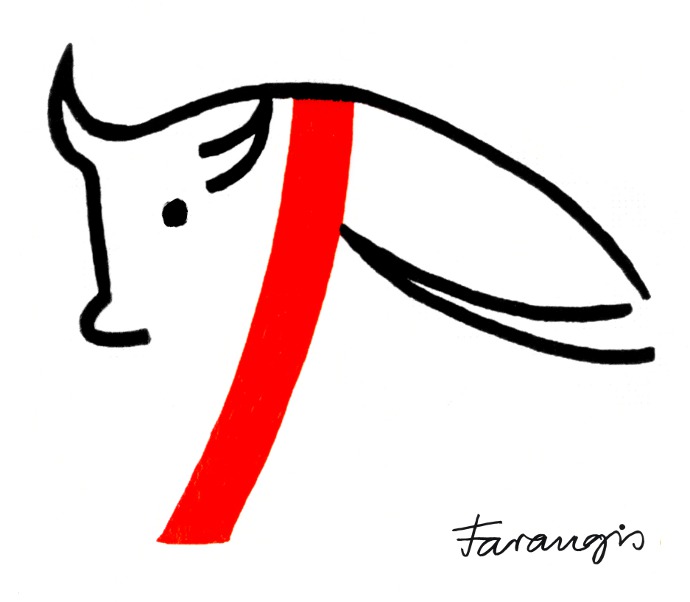“Warum mag ich iitsch nicht … ” Link zur der MP4-Datei: Devoid 3. Warum befasst sich der Großteil der Tierrechtsszene nicht mit dem Thema Speziesismus in der Kunst? Welche Fragestellungen in Hinsicht auf das Mensch-Tier-Verhältnis und die erfahrene Realität von nichtmenschlichen Tieren werden hier gemieden? Thema: Ästhetik und Antispeziesismus.Continue readingAntispekunst 1
Tag: projects
About Christianity Farangis Yeganes works at the church. Here for an annual ‘Kirchentag’ dedicated to the subject ‘women and the church’ and in a beautiful small church in the Taunus. Continue readingdans l’église, at the church
Some images from the ‘Mysterium Mithas’ exhibit, the (contemporary) arts – the acrylic paintings, installations, drawings and lithographs – are by Farangis G. Yegane. A thorough documentation of the exhibit is currently worked on, and will be accessible on the net soon. A link will be announced here later too. Some of these following pics…Continue readingfrom the ‘mysterium mithas’ exhibit
Ma’at is an ancient Egyptian goddess and she stands for a specific concept of “justice by balance”. Such a basic and crucial concept which would regulate the life of a society and how they relate to their environment must have grown out of a basic understanding in a culture / civilization that could only have…Continue readingthe goddess ma’at – who is she?
A recent video upload: Farangis Yegane: for example Mithras 1 at the Karmeliterkloster Frankfurt / Main (1994). A documentation of this exhibition-project by Farangis can be found here: http://mithras.farangis.de. A follow up, the second part of this project by Farangis is at this location: http://mithras.two.farangis.de. We’ll soon also make a documentation available online of Farangis’…Continue readingfarangis yegane: for example mithras (I)
